2025 Shanghai Auto Show: Foreign Automakers Showcase Their 'China Strategy'
![]() 05/14 2025
05/14 2025
![]() 613
613
From 'Made in China' to 'Designed for China,' and ultimately to 'Defined by China,' this auto show embodies not only the strategic shifts of foreign-funded and joint venture automakers but also the evolution and global impact of China's automotive industry.
The 2025 Shanghai Auto Show concluded successfully amidst the hustle and bustle. Some have interpreted the high-profile moves by foreign exhibitors as a 'counterattack' or 'retaliation,' narrating a resurgence amidst fierce competition in the Chinese market. However, in an era of high global integration and intertwined supply chains, these actions are better viewed as proactive strategic adjustments, realigning efforts amidst fluctuations and uncertainties.
Notably, several key products originally slated for 2026 or 2027 made their debut at this year's show. This acceleration underscores a significant shift in foreign automakers' approach to the Chinese market, transitioning from mere observation to investment and from adaptation to domination.
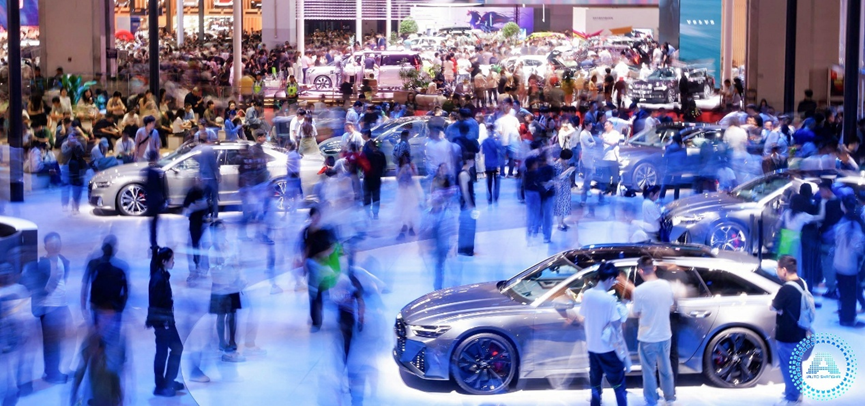
Oliver Blume, Chairman of Volkswagen AG's Board of Management, stated, 'If you had asked me two years ago where the Group would be by 2025, I never would have imagined we could showcase so many achievements at this Shanghai Auto Show.' He acknowledged the astonishing 'China speed' and attributed the Group's success in implementing its 'In China, For China' strategy to the empowerment and trust given to the local team. 'We love competition. Excellent opponents make us better. We are now more competitive than ever, and as long as we are prepared, there is no need to fear,' he added.
This 'confidence' extends beyond Volkswagen. During the show, Auto Review interviewed Hildegard Müller, President of the German Association of the Automotive Industry (VDA). She noted that German automakers' localization strategy in China is transforming, moving beyond manufacturing and sales to truly cater to Chinese consumers' demands for intelligence, size, and digital experience. It's not just 'Made in China' but also 'Innovated in China'.
From product launches to strategic realignments, foreign automakers used the Shanghai Auto Show as a platform to signal a shift from anxiety to endeavor. This was not just an exhibition but a collective response, proving their commitment and readiness.
Beyond confidence, it underscores the foundation and posture of 'endeavor'.
'Deep Cultivation in China' Strategic Declaration
Volkswagen's presence at the 2025 Shanghai Auto Show showcased the phased achievements of its 'In China, For China' strategy. Leveraging the new CMP platform and CEA architecture, Volkswagen presented three concept cars—ID. AURA, ID. ERA, and ID. EVO, by FAW-Volkswagen, SAIC Volkswagen, and Volkswagen (Anhui), respectively. Covering segments from compact sedans to full-size SUVs, these models are set to enter the market starting in 2026. Volkswagen plans to introduce over 30 new models in China over the next three years, mostly new energy vehicles. The CEA architecture serves as the 'intelligent brain,' while the CMP platform offers affordable and flexible product forms. This combination optimizes costs by 40% and significantly shortens time-to-market.
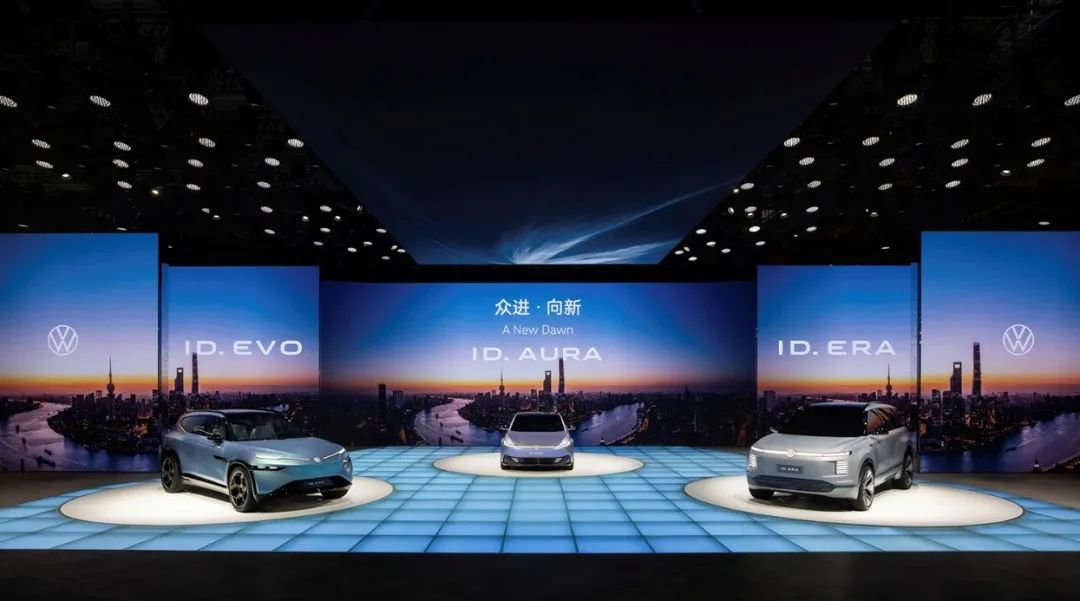
Behind this significant move lies Volkswagen's in-depth restructuring of its R&D system. Relying on Volkswagen (China) Technology Co., Ltd., Volkswagen is integrating local R&D capabilities to establish a full-chain capability from R&D to testing and industrial ecological synergy, achieving a high-frequency resonance with the Chinese market.
Audi, in collaboration with China FAW Group and SAIC Motor, presented a 'luxury lineup' of 19 models, including traditional strengths like the Audi A5L and Q5L, as well as electrified products like the Audi A6L e-tron and E5 Sportback. Wenchen Roehm, President of Audi China, said that by advancing the dual-brand strategy with China's two major partners, Audi aims to achieve deeper synergy in channels and user groups through localized custom features, upgraded digital experiences, and expanded product lineups. The '1+1>2' combination is key to addressing structural changes in China's high-end vehicle market.
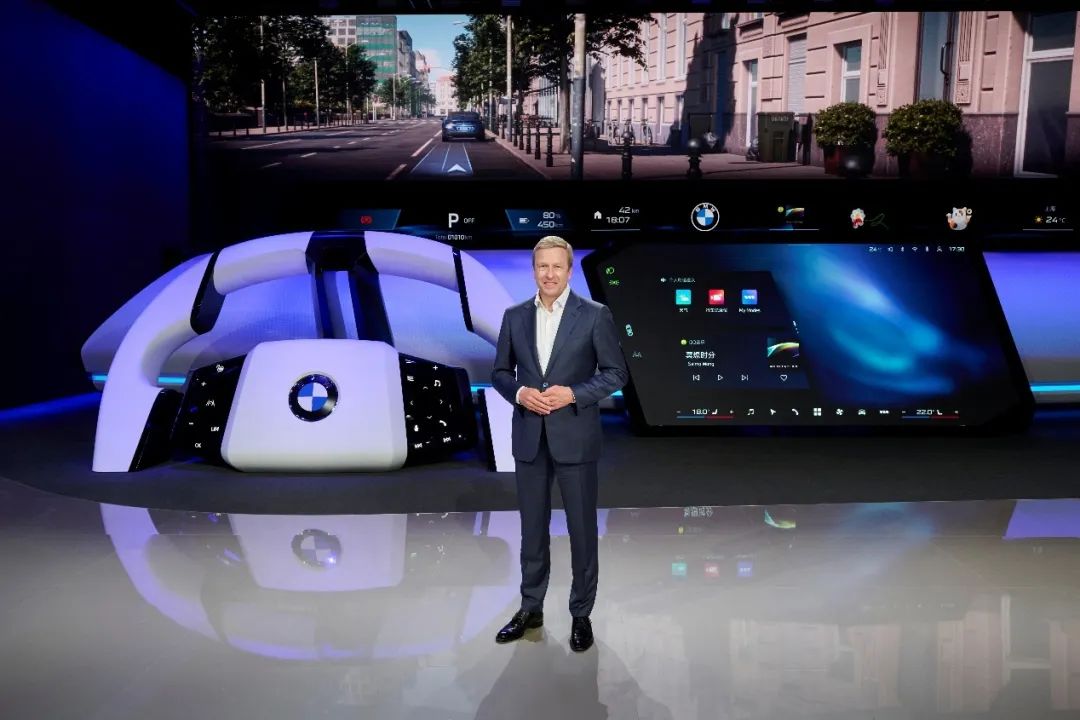
BMW's New-Generation iDrive Debuts in China
BMW focused on artificial intelligence collaboration and electrification achievements at the show. The new-generation iDrive made its China debut. Oliver Zipse, Chairman of the Board of Management, noted that China's leadership in AI technology has infused new vitality into BMW's global strategy in areas like intelligent cockpits and driver assistance systems. 'Key advancements in AI are driven by Chinese technology enterprises, and we are deeply integrating them into our Chinese models, thereby driving BMW's global development,' he said.
Mercedes-Benz also used the occasion to unveil its new phase of 'In China, For the World.' Ola Källenius, Chairman of the Board of Management, emphasized that Mercedes-Benz is deeply embedding intelligent assisted driving technology into its product system, from cloud architecture to underlying capabilities, through cooperation with local large-model enterprises in China. This transformation capability makes China not only a significant market but also an innovation hub for Mercedes-Benz.
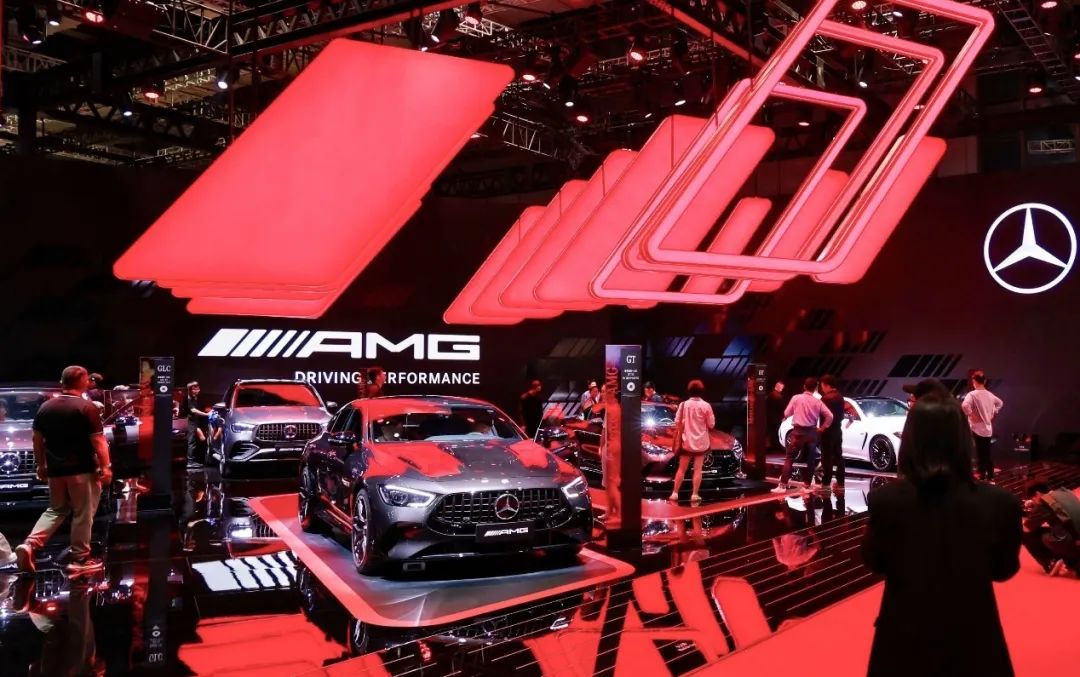
'China First' is More Than Just a Slogan
If new car models at the show are answers to the market, automakers' understanding and execution of localization are the structural support for these answers. Ralf Brandstätter, Chairman and CEO of Volkswagen China, said that competition in the Chinese market is like a marathon, and Volkswagen's steady progress is due to its deep local roots and collaborative efforts. From joint ventures with China FAW Group and SAIC Motor to over 30 local factories, 80,000 employees, and a localization parts supply system exceeding 95%, Volkswagen has truly become an integral part of the Chinese market. 'Volkswagen can be considered half a Chinese enterprise. We are proud of our contribution to the Chinese automotive industry and adhere to a model where the Chinese team leads business operations and serves Chinese consumers,' said Brandstätter.
All new Volkswagen models debuted at the show were designed and developed under the leadership of the Chinese team, not only aligning with Chinese consumers' preferences but also integrating local digital platforms, advanced driver assistance systems, AI cockpits, and other functions. Brandstätter said that this unique combination of 'German standards + Chinese rhythm' will be the foundation for Volkswagen's future success in China.
Toyota was also active at the show. Li Hui, General Manager of Toyota China, said that Toyota is handing over product development leadership to local teams through the RCE (Chief Engineer in China) system to better meet Chinese users' needs for intelligence and electrification, achieving localization from concept to mechanism. Additionally, Toyota announced the establishment of a new energy vehicle factory for Lexus in Shanghai and will promote full-chain cooperation in intelligent driving, hydrogen energy, power battery recycling, and other fields. This redistribution of global strategic resources is reconstructing paths with China at the core.
Honda and Nissan also sent strong signals of technology localization. Honda announced it would jointly advance assisted driving solutions based on large models with Momenta and promised that this system would be standard on future new vehicles in China. The first model equipped with this system, the P7, integrates core technologies from multiple Chinese and foreign partners, forming a local collaboration technology alliance network. Nissan, on the other hand, demonstrated its 'starting from China' product strategy with two global models, the 'N7' and Frontier Pro PHEV. Both models were developed and designed by the Chinese local team and launched in China through the Dongfeng Nissan network before being rolled out globally. The N7 targets Chinese family users, while the Frontier Pro is positioned as a plug-in hybrid pickup truck, breaking traditional vehicle usage scenarios and expanding the diversity of possibilities for new energy vehicles.
In the American camp, Buick and Cadillac brands of SAIC-GM also demonstrated their full commitment to the Chinese market. Buick unveiled the 'Xiaoyao' super fusion architecture, a new energy platform specifically built for China, featuring high scalability and architecture fusion capabilities. The simultaneously launched 'Zhijing' high-end new energy sub-brand aims to reshape the brand's image in the era of smart electric vehicles. Cadillac leveraged the LYRIQ-V and LOVE family to deploy a product array of high-performance electric vehicles, shaping the 'electric face' of American luxury.
Tier 1 Giants Showcase Their Strengths
While OEMs are accelerating changes, multinational tier 1 giants have also transitioned from 'behind the scenes' to 'on stage.' At the 2025 Shanghai Auto Show, the technological revolution spurred by intelligence and electrification made these technology enterprises, once hidden deep within the industrial chain, the center of attention.
Bosch highlighted its intelligent driver assistance system for the Chinese market and has already collaborated with five Chinese OEMs, with multiple projects scheduled for mass production within the year. Markus Heyn, member of the board of management, said, 'China's intelligent driving development speed is unparalleled globally, and we will grow together with the Chinese market through software and system solutions.'
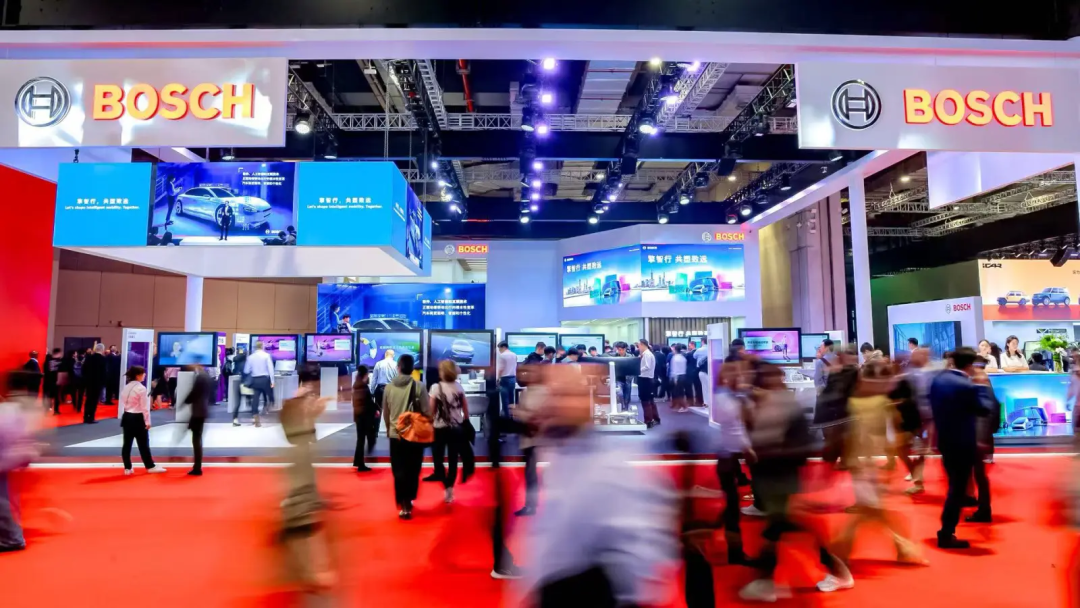
ZF, another technology giant, clearly put forward a dual-track strategy of 'In China, For the World.' The company announced that the planetary gear coaxial reducer independently developed by its Chinese team has entered mass production and will subsequently produce 800V motors and electric drive systems in Hangzhou, Shenyang, and other locations, with simultaneous exports to global high-end vehicle platforms.
Aptiv continued its pace of 'local full-stack' advancement. At the show, its Wind River operating system, virtualization platform, and highly localized assisted driving solutions were developed under the leadership of the Chinese local team and will be industrialized in two new factories in Changshu and Wuhan, creating a local intelligent system ecology for new energy vehicles.
In energy conservation and thermal management, Denso, led by its Chinese R&D center, launched a new generation of thermal management modules, combined with digital solutions like the 'battery passport,' to achieve full-life-cycle battery tracking and resource recycling, promoting sustainable mobility.
Meanwhile, Tenneco delegated 99% of its business decision-making power to China for a more responsive local market; Toyota Boshoku collaborated with local technology companies like Lenovo and Thundersoft to research intelligent cockpit models; and Faurecia showcased nine globally debut products led by its Chinese team. Whether in product definition or R&D rhythm, multinational tier 1 enterprises are gradually transitioning from 'adapting to China' to 'defined by China.'
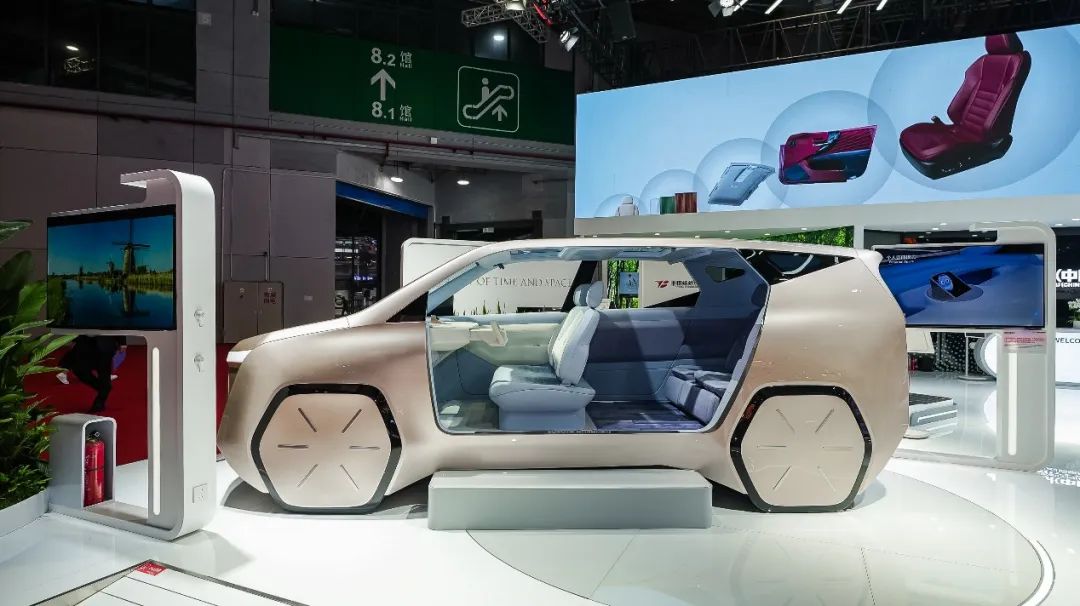
Toyota Boshoku MX OASIS 2030 Mobile Living Space Intelligent Cockpit
This round of systematic structural restructuring not only transforms tier 1 enterprises from 'supporting roles' to 'technology drivers' but also makes China a consensus-forming ground and standard-setting hub for the global automotive industry's technological roadmap.
The Global Significance of the Chinese Market
As a 'collective submission of answers,' the 2025 Shanghai Auto Show's significance extends beyond an exhibition. It not only provides a platform for new products, platforms, and architectures but also allows foreign automakers to collectively realign their strategies for the future, underscoring the global importance of the Chinese market.
Especially against the backdrop of the profound restructuring of the global automotive industry, this auto show embodies the intricate interplay and harmonization of multiple structural factors: international geopolitical uncertainty, rapid shifts in technological paradigms, the accelerating evolution of consumer demand, and the stability of local market policy expectations and supply chain systems. All these factors render the decision on 'whether to continue deeply cultivating China' not merely an option for enterprises but a fundamental question determining their eligibility for the next stage of competition.
It is precisely within this context that foreign enterprises have not hesitated but systematically responded to the proposition of 'conspiring with China for the future.' They have done so through accelerated product launches, organizational restructuring, deepened cooperation, and increased resource allocation. Transitioning from unidirectional adaptation to collaborative definition and from serving the terminal market to shaping cutting-edge paradigms, foreign automakers and supply chain enterprises have, under the spotlight of the auto show, showcased a novel understanding of 'China's role.'
China, with its vast market, comprehensive industrial chain, stable policy environment, and robust security framework, remains a pivotal ground for global foreign enterprises to invest and establish businesses.
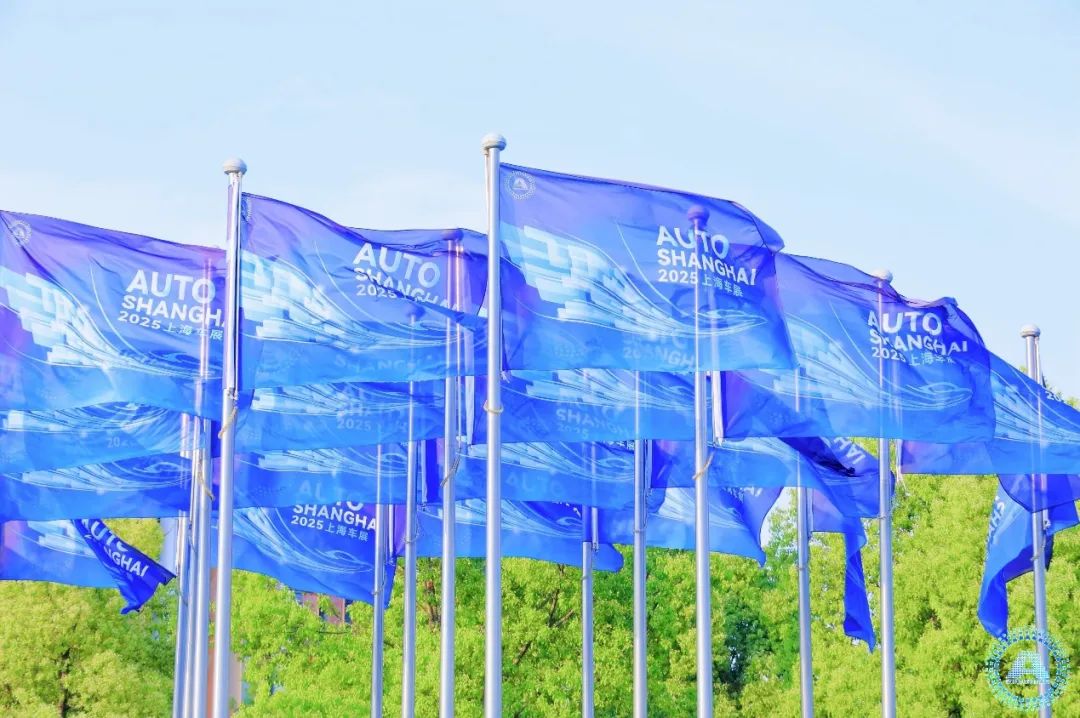
In a broader perspective, the story of the 2025 Shanghai Auto Show serves as a microcosm of China's commitment to high-level opening-up and a reflection of global enterprises seeking strategic anchors in emerging powers. Behind this 'two-way rush' lies the continuous deepening of China's industrial philosophy, which promotes global technology co-construction, ecological synergy, and value co-creation.
"The world's automotive industry looks to China" is more than just a slogan. Today, China stands not only as the world's largest automotive market but also as the cradle of new technologies, a testing ground for business models, and an innovation hub for industrial policies. With a world-leading penetration rate of new energy vehicles and pioneering applications in technologies such as intelligent cabins, autonomous driving, and vehicle-road coordination, China is emerging as a pivotal starting point in the global automotive industry's innovation chain. From power systems to operating systems, from hardware platforms to software ecosystems, China is actively participating in and reshaping the path planning and value evaluation standards of the future automotive industry.
For multinational automakers, China transcends being just a market; it is also a strategic arena for rethinking the dynamics between globalization and localization. From "Made in China" to "Designed for China," and now to "Defined by China," this auto show mirrors not only the directional choices of foreign-invested enterprises but also the process through which the global industrial logic is being updated, nurtured, and radiated from China's experimental field.
Certainly, the real competition extends beyond the dazzling displays on exhibition stands. It will continue to unfold over the next few years: those who can comprehend China faster, integrate deeper into its ecosystem, and serve the world more effectively will secure a vantage point in this next-generation industrial game.
The auto show may have concluded, but the race has just commenced. The future is upon us, and the answers are within reach.
Article: Auto Industry Review
Typesetting: Auto Industry Review








